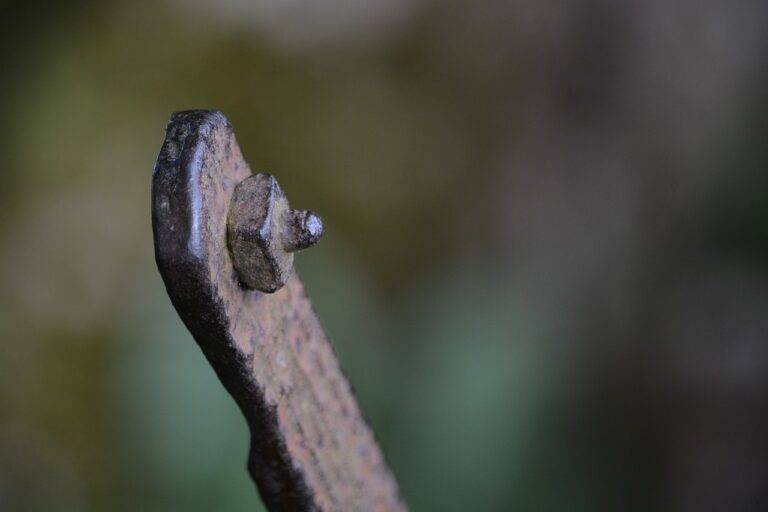The Impact of Tech on Wildlife Monitoring and Conservation Efforts
In recent years, technological advancements have revolutionized the way wildlife is monitored and studied. One significant innovation is the development of camera trap technology, which allows researchers to remotely capture images and videos of elusive species in their natural habitats. These camera traps have provided valuable insights into the behavior and population dynamics of wildlife species that were previously difficult to study.
Furthermore, the use of GPS tracking devices has greatly enhanced researchers’ ability to monitor animal movements and migration patterns. By attaching these devices to animals, scientists can track their movements in real-time and gather important data on their behavior and habitat use. This information is crucial for the conservation and management of wildlife populations, as it helps researchers better understand the threats facing these species and develop effective conservation strategies.
Remote Sensing Techniques in Conservation Efforts
Remote sensing technologies have revolutionized conservation efforts by providing valuable insights into wildlife habitats and ecosystems. These techniques use aerial and satellite imaging to monitor changes in land cover, deforestation rates, and animal population dynamics. By analyzing these data, conservationists can make informed decisions to protect endangered species and preserve biodiversity.
One key advantage of remote sensing is its ability to cover vast areas of land quickly and efficiently, which is crucial for monitoring wildlife populations across large landscapes. Through the use of high-resolution imagery, researchers can track wildlife movements, identify habitat fragmentation, and assess the impact of human activities on natural habitats. By integrating remote sensing data with field observations, conservationists can develop effective strategies to safeguard biodiversity and promote sustainable conservation practices.
• Remote sensing technologies provide valuable insights into wildlife habitats and ecosystems
• Aerial and satellite imaging monitor changes in land cover, deforestation rates, and animal population dynamics
• Conservationists can make informed decisions to protect endangered species and preserve biodiversity
• Remote sensing covers vast areas of land quickly and efficiently for monitoring wildlife populations across large landscapes
• High-resolution imagery tracks wildlife movements, identifies habitat fragmentation, and assesses the impact of human activities on natural habitats
• Integrating remote sensing data with field observations helps develop effective strategies for safeguarding biodiversity
Use of Drones in Wildlife Surveillance
Drones have revolutionized the way wildlife is monitored and surveyed in various areas around the world. By using aerial drones equipped with high-resolution cameras, researchers and conservationists are able to track wildlife populations, monitor their behavior, and assess the health of their habitats more effectively. This technology provides a non-intrusive method of observing animals in their natural environment, reducing the disturbance caused by traditional ground-based monitoring techniques.
Moreover, drones have enabled monitoring in remote and difficult-to-access locations, making it easier to gather data on endangered species and monitor trends in their populations over time. The real-time data collected from drone surveys allows for rapid decision-making and targeted conservation efforts to protect vulnerable species and habitats. By leveraging the capabilities of drones in wildlife surveillance, conservationists can better understand and address the threats facing biodiversity and ecosystems across the globe.
How are drones being used in wildlife surveillance?
Drones are being used to monitor wildlife populations, track animal movement, detect poaching activities, and survey habitats in a non-intrusive manner.
What are some advantages of using drones in wildlife surveillance?
Drones can cover large areas quickly and efficiently, provide high-resolution imagery for analysis, and reduce the risk to human researchers in dangerous or remote locations.
How do drones contribute to conservation efforts?
Drones help conservationists gather valuable data for decision-making, improve monitoring of endangered species, and enhance enforcement against illegal activities like poaching and deforestation.
Are there any limitations to using drones in wildlife surveillance?
Drones may have limited flight time and range, require skilled operators for effective use, and can be affected by weather conditions or technical malfunctions.
What are some future possibilities for drones in wildlife surveillance?
Future advancements in drone technology could lead to improved sensors for data collection, better integration with artificial intelligence for analysis, and increased collaboration with satellite imagery for comprehensive monitoring of ecosystems.





